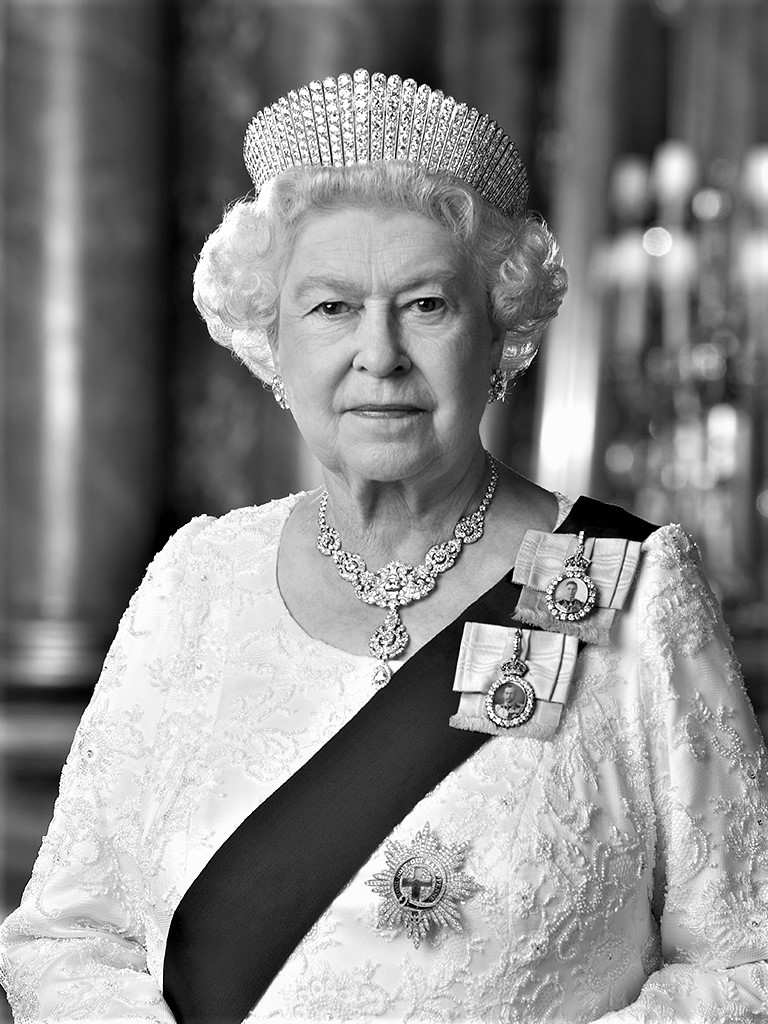Practical tips on managing diabetes during exercise

Here are some suggestions of ways to help keep blood glucose levels stable and to ensure your child gets the most out of any physical activity.
Always check blood glucose before activity
Checking your blood glucose will allow you to decide if any action is required before getting active. Use the flowchart below to help you decide.

Extra carbohydrate
To prevent blood glucose rising too much and to match muscle uptake of glucose it is advisable to distribute the carbohydrate throughout the activity. Use the following amounts as a rough guide:

Reducing bolus insulin before and after exercise
The easiest way of reducing the bolus insulin dose is to cover less of the carbohydrate that is being eaten. This can get a bit complicated if you haven’t done it before. Your diabetes team can help you work through some examples to make sure you are confident about making these changes. The accucheck expert meter can also be set up to make these adjustments automatically (via the "health" option).
Use the table below to work out how much carbohydrate to cover with insulin, both before and after exercise. The percentage value varies depending on duration and intensity of exercise, as well as whether you are eating before or after exercise.
Use the table below to work out how much carbohydrate to cover with insulin, both before and after exercise. The percentage value varies depending on duration and intensity of exercise, as well as whether you are eating before or after exercise.

The percentage given by the table above tells you how much carbohydrate to cover with insulin. Use the table below to work out how many grams this is equivalent to.

Consider the type of exercise
Different types of activity can have different effects on blood glucose levels.

Consider your fitness level
After exercise, muscles can be more sensitive to the effects of insulin for up to 1-2 days. This means that how often you exercise can affect your basal insulin dose, as shown in the table below.

Replenishing stores
Every time you exercise, the energy that is used up needs to be replaced by eating carbohydrate. This is especially important in the 2 hours after exercise but should also be consumed regularly throughout the day. It is advisable to postpone strenuous exercise for up to one day after a moderate or severe hypo. Regular glucose monitoring is advised during this time.
Think about which injection site is being used
Exercise increases the absorption of insulin from the injection site if you move that limb during the activity, e.g. injecting into a thigh prior to running. Therefore, try to use an injection site that will have minimal movement during the exercise e.g. inject into tummy before running.
Ensure you stay well hydrated
During exercise it is important to maintain hydration by drinking water and/or isotonic drinks.
Isotonic drinks contain electrolytes (essential salts for the body) and 4-8g CHO per 100ml. The electrolytes help the body to absorb fluid and the CHO provides a small amount of energy during exercise. Suitable commercial drinks include Lucozade Sport, Powerade or Gatorade.
Isotonic drinks contain electrolytes (essential salts for the body) and 4-8g CHO per 100ml. The electrolytes help the body to absorb fluid and the CHO provides a small amount of energy during exercise. Suitable commercial drinks include Lucozade Sport, Powerade or Gatorade.

Ensure blood glucose is checked more regularly in hot weather when exercising
Warm weather increases blood flow through the skin resulting in faster insulin absorption. This increases your risk of hypoglycaemia. Therefore it is advisable to check your blood glucose regularly in warm conditions.
Cold weather and exercise
Your blood glucose checking equipment can be affected by cold weather such as snowy conditions and may not work properly. Your diabetes team can talk to you about how to carry and store your equipment in such conditions for example during winter sports.
Hypoglycaemia
Always have hypo treatment readily available. It is advisable to check blood glucose before activity, every 30 minutes during activity and hourly for a few hours afterwards. The lowest blood glucose often occurs between midnight and 3am (or 7-11 hours after exercise) so it is advisable to set an alarm to check blood glucose at this time after vigorous activity.
Hyperglycaemia
Check levels before exercise and if more than 14mmol/l check for ketones. Give a correction insulin bolus to bring glucose level down and get rid of ketones. Try to have 2 glasses (240mls) water 2 hours prior to activity and 1 glass 30 minutes before. Avoid activity until you are free of ketones. Elevated glucose may not occur during training, only during competition. This is due to the release of stress hormones.
Examples of appropriate snacks
Pre exercise - Sports drinks, Jaffa cakes, raisins, fruit smoothies and milkshakes, jam sandwich
During exercise - Jelly sweets, sports drinks, diluted fruit juices, low fat cereal bars
Post exercise - Fruit smoothies, low fat milkshakes, yoghurt drinks, cereal and milk, fruit and yoghurt.
During exercise - Jelly sweets, sports drinks, diluted fruit juices, low fat cereal bars
Post exercise - Fruit smoothies, low fat milkshakes, yoghurt drinks, cereal and milk, fruit and yoghurt.
PE, Sports and Physical Activity at School
Taking part in PE and other physical activities at school is important, both for long-term health and wellbeing as well as being fully involved in school life. Follow the advice given above for before, during and after exercise and ensure that the PE teacher or out of school leader knows how to manage hypoglycaemia and hyperglycaemia.


